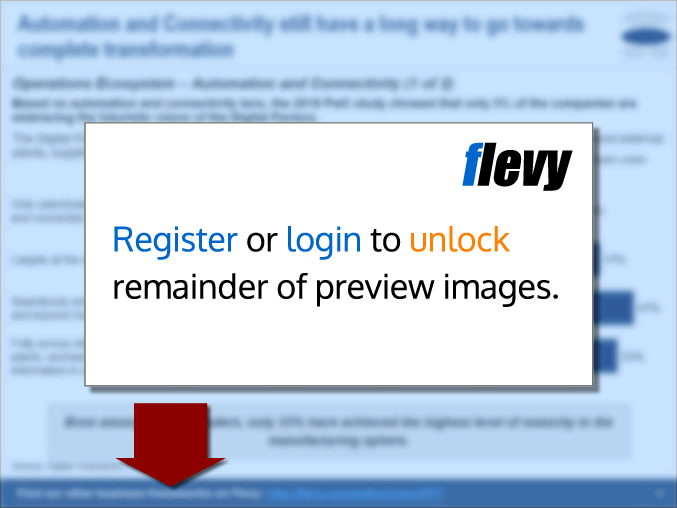Parking Lot Financial Forecast Model (Excel XLSX)
Excel (XLSX)
BENEFITS OF THIS EXCEL DOCUMENT
- Provides a structured framework to forecast and monitor the financial performance of parking lot operations over a 5-year horizon.
- Integrates Income Statement, Balance Sheet, and Cash Flow projections with monthly and annual summaries for clear financial visibility.
- Enables operators and investors to make informed decisions on budgeting, pricing, and operational planning through data-driven insights.
INTEGRATED FINANCIAL MODEL EXCEL DESCRIPTION
This financial model is meticulously designed to evaluate and forecast the 5-year financial performance of a parking lot operation, capturing the key revenue and cost drivers specific to the parking industry. It focuses on revenues derived from monthly subscribers, daily parkers, and hourly customers, segmented by parking space types such as Standard Outdoor, Covered Parking, and Reserved Premium.
The model provides a 5-year forecast horizon (60 months) with detailed monthly projections and annual summaries. It incorporates essential operational parameters such as occupancy rates, monthly/daily/hourly parking rates, average parking duration, and the number of spaces available, ensuring realistic revenue projections based on actual utilization patterns.
This model serves as a core operational and financial planning tool, providing an integrated 5-year forecast of the parking facility's performance.
It is used by operators and investors to track profitability, manage liquidity, assess financing needs, and monitor the overall financial position. By generating the three primary financial statements (Income Statement, Balance Sheet, and Cash Flow Statement), alongside key operating metrics, the model enables detailed scenario analysis and informs critical decisions regarding pricing, capital expenditure timing, and debt management.
Model Structure – 5 Main Sections
1. Cover Section
• Index tab summarizing all model sections with color-coded tab classification (Input, Output, Financial Statements, Calculations).
• Validation checks summary displaying overall model integrity.
• Color-coding guidelines for quick reference to editable inputs, formulas, and output cells.
2. Input Section (Assumptions Tab)
All key inputs are consolidated into a single, user-friendly assumptions tab. Inputs are formatted in light gray cells with blue text for clarity and separation from calculated cells.
Key Input Areas include:
Revenue Assumptions:
• Segregation of parking spaces into different types: Standard, Covered, and Reserved.
• Pricing structure for monthly, daily, and hourly users.
• Occupancy rates.
• Average hours parked per hourly customer.
• Ramp-up schedule defining stabilization over the initial months.
Operating Expenses:
• Fixed and variable costs including salaries, utilities, insurance, maintenance, property taxes, and management fees.
CapEx & Depreciation Assumptions:
• Construction and improvement costs, FF&E, and supporting infrastructure.
• Depreciation schedule based on asset life.
Financing Assumptions:
• Loan amount, interest rate, tenure, and amortization method.
General Assumptions:
• Start month, inflation rate, tax rate, and reporting currency.
3. Output Tabs Section
• Dashboard: Provides key performance indicators (KPIs), summary charts, and visualized trends for revenue, EBITDA, and cash flow.
• Sources & Uses: Outlines total funding requirements and allocation between equity and debt.
• Valuation: Incorporates discounted cash flow (DCF) methodology with sensitivity analysis on key valuation drivers.
4. Financial Statements Section
A fully integrated 3-statement forecast showing the financial health of the parking business over 5 years.
• Profit & Loss Statement: Monthly and annual income statement with revenue, Opex, EBITDA, and net income.
• Cash Flow Statement: Captures cash movements from operations, investments, and financing activities.
• Balance Sheet: Tracks assets, liabilities, and equity, ensuring model consistency and automatic reconciliation.
5. Calculations Section
Dedicated calculation tabs enhance transparency and auditability of the model:
• Revenue Projections: Computes monthly revenues by user type and parking category using occupancy and pricing assumptions.
• CapEx Schedule: Details project-level capital expenditures and depreciation roll-forward.
• Debt Schedule: Covers loan drawdowns, repayments, and interest expenses, dynamically linked to funding requirements.
Technical Specifications
• No VBA or Macros: 100% formula-driven for compatibility and transparency.
• Circular-Reference-Free: Clean structure without iterative dependencies.
• Excel Compatibility: Works seamlessly in Microsoft Excel 2010 and later versions.
Validation Checks
Built-in consistency checks run across all tabs, summarized in the Index sheet for quick diagnostics.
✅ Green tick → No error detected
❌ Red cross → Inconsistency or broken link
Why Choose This Model
This financial model is purpose-built for parking lot operators, developers, and investors, offering a robust analytical framework to evaluate profitability, financing, and return potential. It is ideal for:
• Internal budgeting and performance tracking.
• Investor presentations and fundraising.
• Bank financing and debt sizing analysis.
Got a question about the product? Email us at support@flevy.com or ask the author directly by using the "Ask the Author a Question" form. If you cannot view the preview above this document description, go here to view the large preview instead.
Source: Best Practices in Integrated Financial Model Excel: Parking Lot Financial Forecast Model Excel (XLSX) Spreadsheet, ExcelFinModels









